What Is a Secure Web Portal? Benefits & Features Explained
A web portal is an online platform that provides centralized access to information, services, and tools for users. By consolidating all data in one place, you can manage and automate various processes and take your digital marketing to the next stage. Let’s examine why you need proper web portal development to succeed in 2025!
How Can a Secure Web Portal Can Help You Succeed
Before diving into actual development, you must determine what web portal suits your business. For instance, if you create a fintech app, you may need a mix of client, corporate, e-commerce, and tech support portals. You don’t need health tech or edu-tech features in your service.
Selecting the wrong platform type can lead to unnecessary expenses and a poor user experience. So, you’ll need to spend some time in the research phase. Keep in mind that it’s better to spend an extra week or two studying the market, stakeholders, and your potential audience rather than releasing irrelevant online portals that will have no visitors.
To save you time, we’ve gathered 9 most common types of internet portals in 2025.
Customer Portal
A customer portal is a dedicated online platform that provides clients with centralized access to a company’s products, services, and support. Acting as a personalized dashboard, B2C and B2B customer portals allow users to manage orders, view purchase history, manage wish lists, and reorder goods without direct interaction with company representatives.
Here, users can modify their subscription plans, submit inquiries, track the statuses of their tickets, and engage with the support in real time.

Amazon is an excellent example of both an e-commerce and a customer platform. This digital marketplace is comfortable both for clients and businesses
These platforms are essential for e-commerce stores, banks, IT firms, and many more firms. However, even government agencies use them for tax payments and documentation.
Investing in a customer web portal offers various benefits for your business. Customer portals lower costs by automating processes and reducing the workload of support teams. Personalized offers boost customer retention and loyalty to your business.
Example of a Successful Customer Portal: Salesforce Customer Portal
It’s a great example of a customer portal that simplifies your interactions with your users. It allows you to scale your service horizontally and vertically, with the flexibility to customize the portal for desktop and mobile use. Once you decide to use this service, your clients will be able to:
- Manage their cases: They unlock the ability to create, view, and update their support requests.
- Review Knowledge Base: They can find answers to frequently asked questions in the knowledge base you created for them.
- Access personal data: They unlock the ability to update their settings and contact information independently.
- Analytics & reporting: You’ll get detailed insights into customer behavior and their needs.
Salesforce Customer Portal enhances the customer experience of your clients by providing seamless self-service options, reducing the workload on your support team.
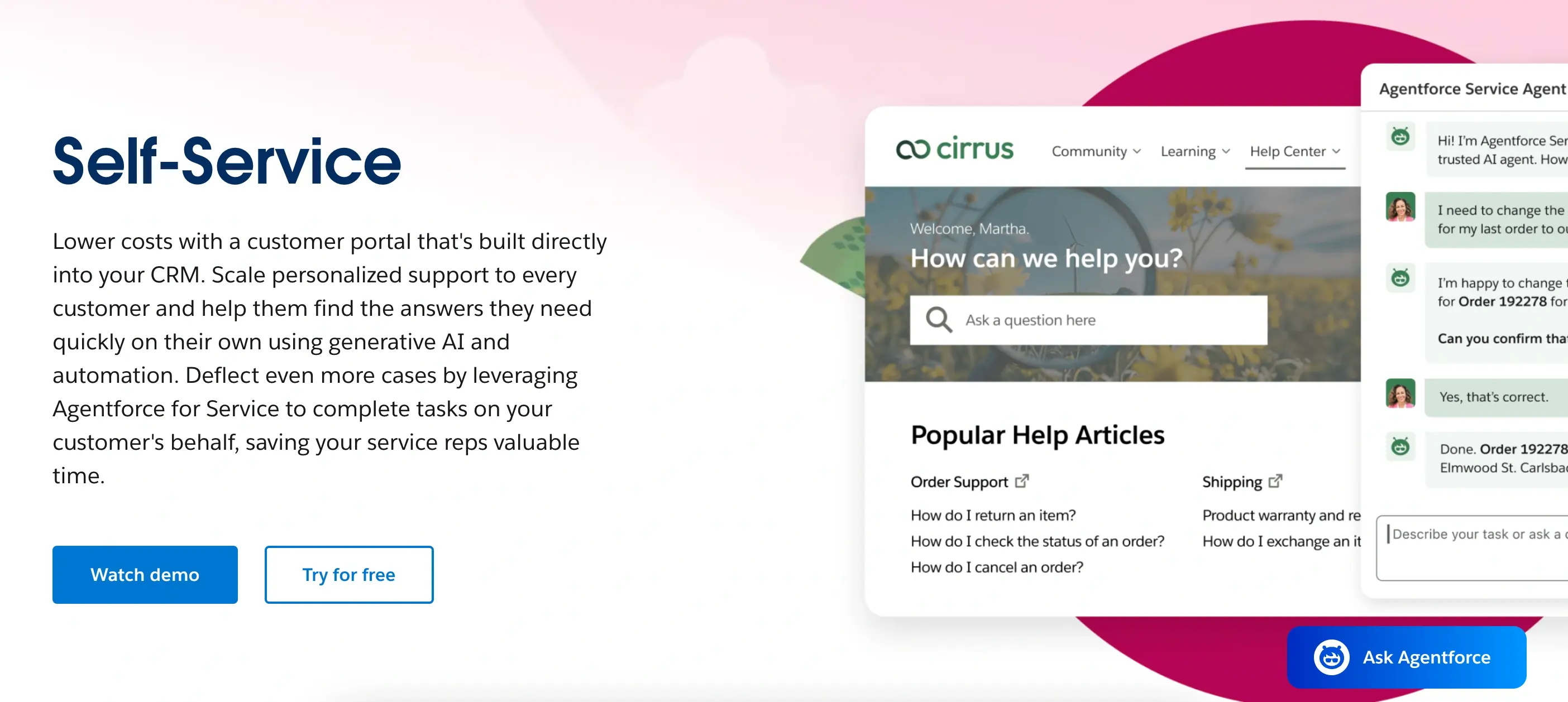
Its integration with other Salesforce products can help you get a smoother workflow, solidifying your long-term growth.
Enterprise Portal
They help you to streamline employee workflows and simplify corporate resources management. In this type of business portal, you can centralize all critical tools and services and even end data under one roof. It minimizes the human error factor, improving communication between divisions.
These portals are widely used by middle-sized businesses, large corporations, government institutions, and multinational companies to integrate all business processes into a singular digital ecosystem with unified document management and business process automation.
Microsoft SharePoint As an Example Of an Enterprise Service
Microsoft SharePoint is the ultimate platform in web portal development, offering seamless integration with other Microsoft products under one roof. Once you use this service, you can unify document management across departments and branches.
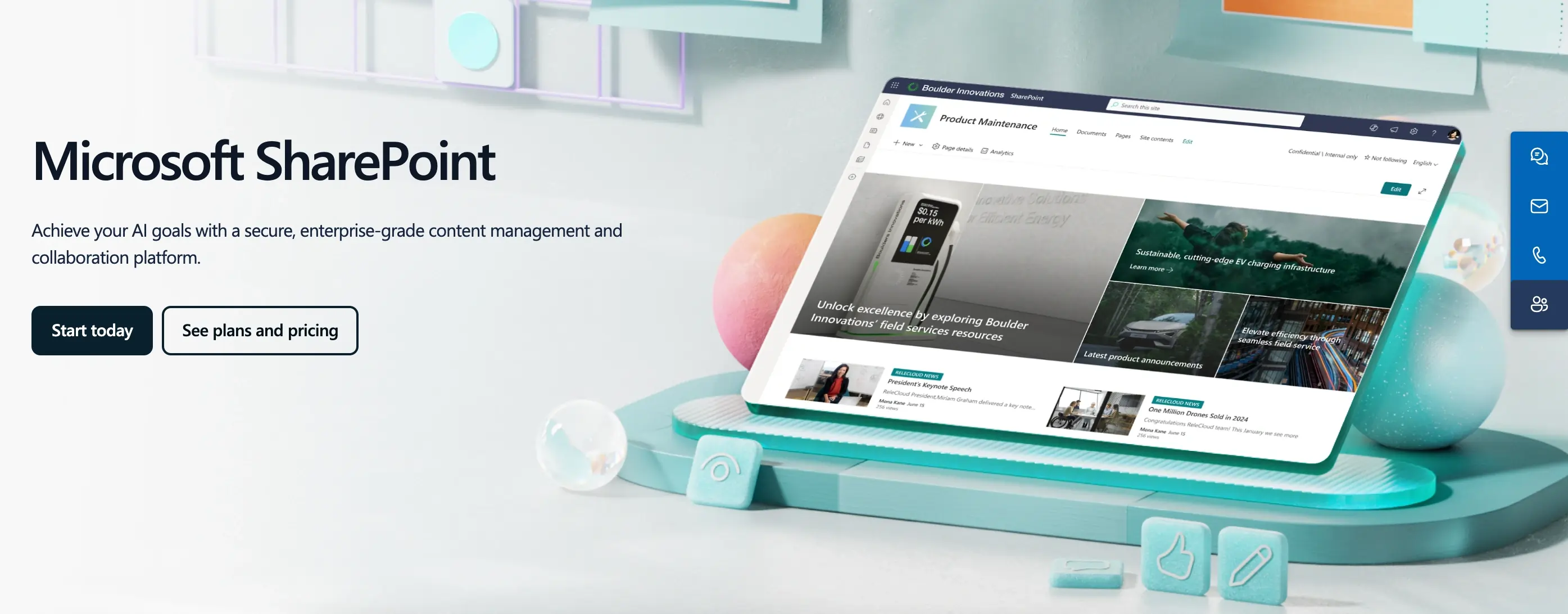
If your company has multiple branches and wants to maintain strict control over internal operations while limiting cross-team interactions, SharePoint allows you to create numerous independent platforms while still sharing the general database.
E-commerce Portal
It’s an online platform designed to sell goods and services online. It enables businesses to automate sales processes, order management, customer interactions, and analytics. By utilizing E-commerce services, companies can significantly expand their reach, tapping into new markets and increasing their customer base globally.
You can create B2C, B2B, C2C, and even D2C e-commerce portals. There are no limits to digital commerce! Regardless of the niche, most E-commerce portals share essential functionalities such as basic inventory and product catalog management, order processing, logistics, and shipping management.
Look for built-in SEO tools, as they can simplify your digital marketing. It’s better to spend time finding an e-commerce portal development service team that helps you create your platform that adheres to the latest marketing practices rather than spending your time remaking your platform from scratch in the next few years.
Keep in mind that you should also have a scalable Customer Relationship Management (CRM), whether it’s a B2C or B2B web portal development. In your CRM, you’ll store all info related to the users of your platform, from their preferences to their delivery information. Another crucial aspect of your success is the robust security and data protection tools, including payment encryption, fraud prevention, and cybersecurity measures.
Real-life Web Portal Examples of Successful E-commerce Platforms
Amazon is one of the largest online marketplaces in the world, with local versions in different countries. Even though there are various sellers on the platform, buyers know they’ll get fast delivery and a money-back guarantee.
Alibaba and AliExpress are other international platforms catering to B2B and B2C. Alibaba focuses more on wholesale purchases, while AliExpress is aimed at retail sales. Buyers can pay in different ways and choose from various shipping options.
Nike and Zara are examples of brands that sell directly to consumers. They have user-friendly websites with personalized recommendations, and loyalty programs to keep customers coming back.
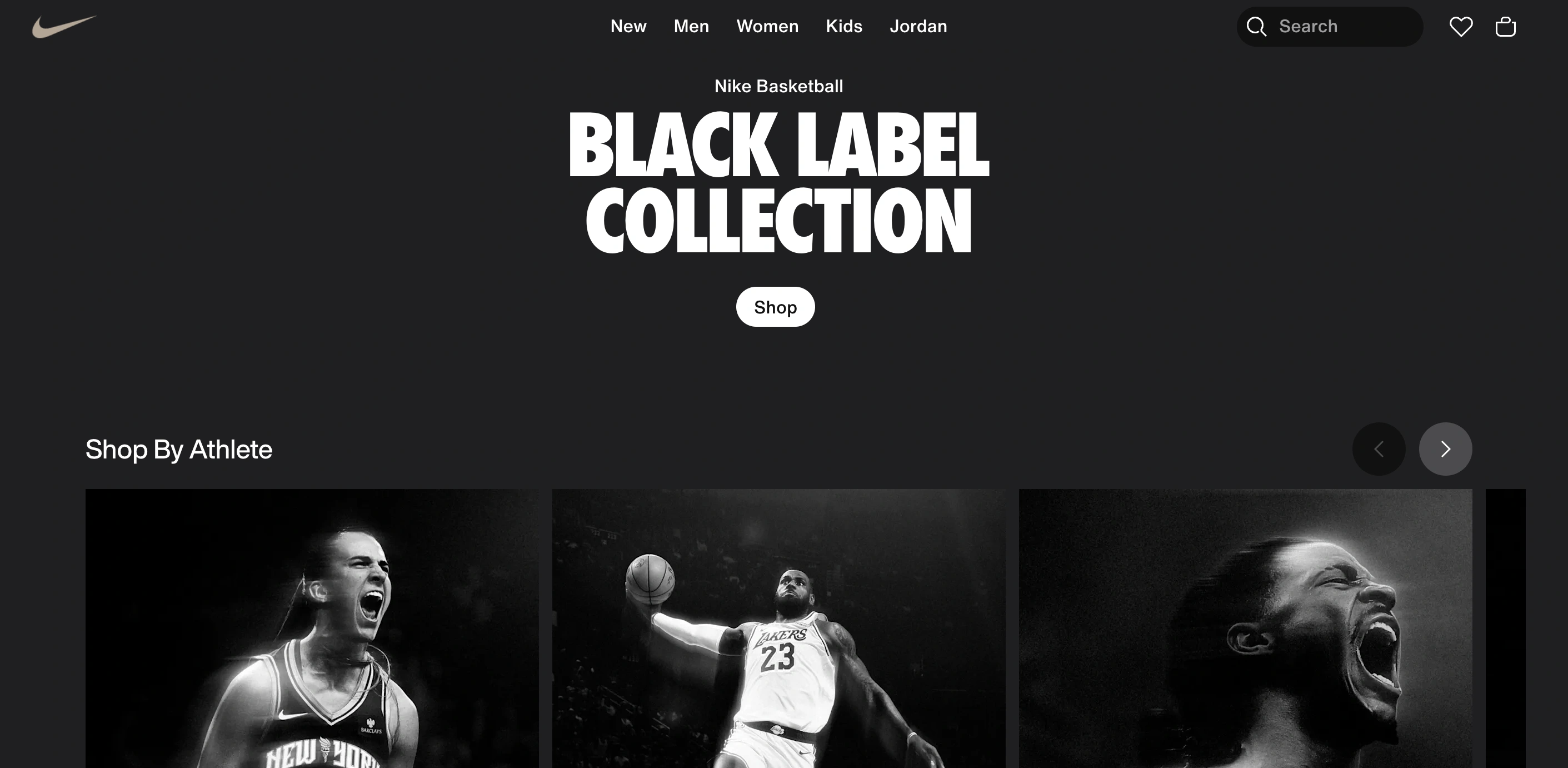
Meanwhile, 6 pm and Zappos are popular for discounted clothing and footwear. Zappos is known for its easy return system and friendly customer service.
Partner Portal
It’s a specialized type of enterprise portal software designed to help businesses interact with their partners, distributors, resellers, and suppliers. With those platforms, you can create shared datasets that include contractor information, promo materials, and more.
Customized partner portals are vital for companies working in the B2B model, as they can help you automate business processes between market participants.
Partner portals reduce human error and make communication smoother, offering more transparency in financial transactions, as both partners can track bonuses, commissions, and reports. These platforms also foster more transparent communication with FAQ sections, news columns, and chats.
Partners can place orders, track deliveries, and manage logistics processes. Integration with ERP (enterprise resource planning) systems would be useful for simplified resource management. Shared access to contracts, marketing tools, commercial proposals, technical documentation, and the ability to upload sales reports and market analytics can unlock new collaboration opportunities.
A well-structured partner portal improves business efficiency, increases transparency, and strengthens partner relationships by providing a streamlined, centralized platform for all shared activities.
Cisco Partner Portal As The Example of a Partner Portal
The Cisco Partner Portal is a global platform designed for Cisco’s partners, providing them with access to tech support, certification programs, marketing materials, and commercial proposals. Partners can also access exclusive resources, such as tools for generating business proposals, profitability calculators, etc.
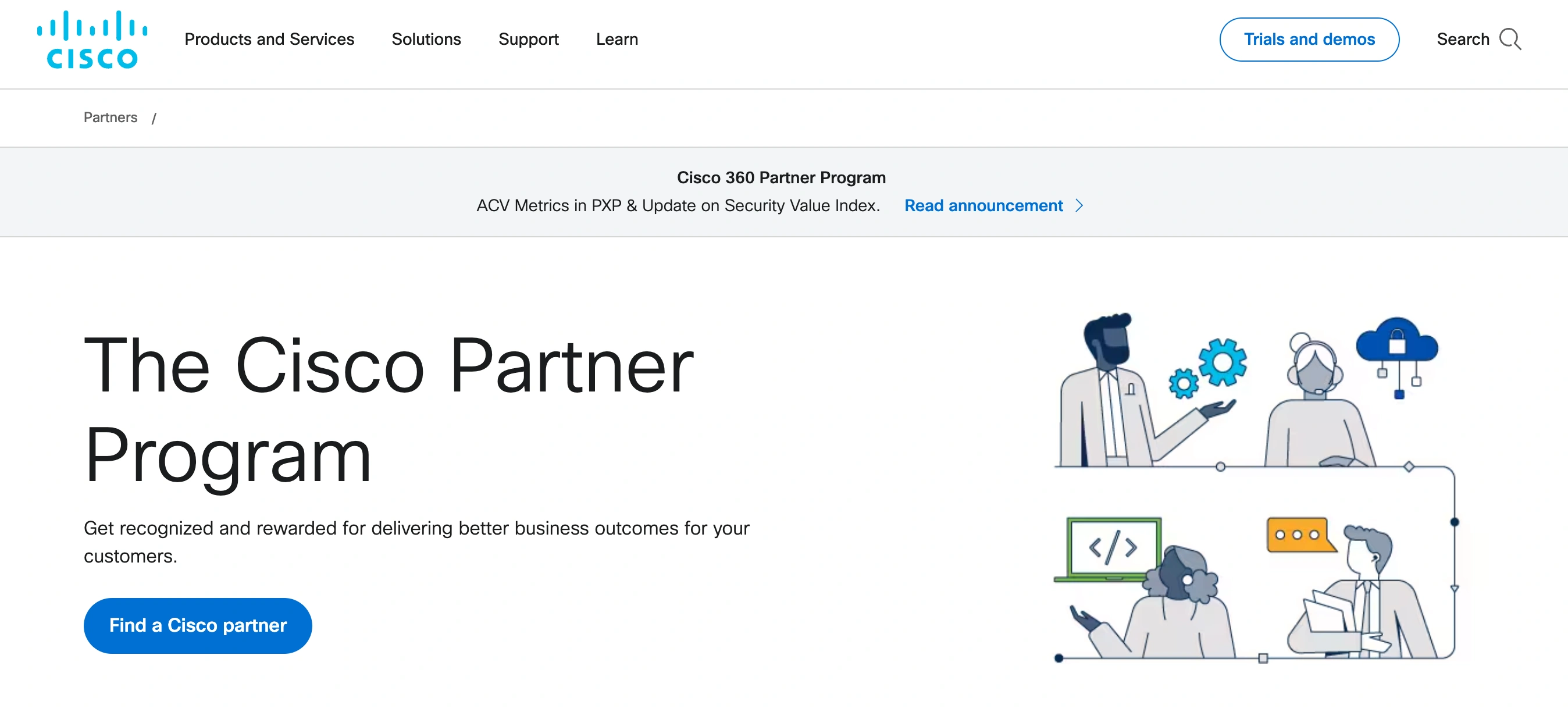
This portal streamlines business collaboration by providing all various resources under a single roof. It makes it easier for partners to access what they need to grow their businesses and stay updated on Cisco’s offerings.
Educational Portal
It is an online platform that provides teachers, students, and administrators access to learning materials, courses, tests, and tools. These portals can be public, like Coursera, Khan Academy, or internal services made with custom web portal development for specific educational institutions (universities, schools, corporate training).
Modern EdTech portals use interactive technologies, artificial intelligence, and gamification to enhance the learning experience and make it more accessible to a broader audience. With these platforms, physical presence in a classroom is no longer necessary, as users can learn from home at any time, even at night.
These platforms offer quizzes, tests, and integrated games with automatic knowledge checking and gamification of the learning process. Many platforms adapt the learning experience to the user, making it easier or more challenging depending on their progress.
Meanwhile, a great learning management system helps businesses automate learning, unlocking new opportunities for tutors and students. Here, educators can manage their courses, generate reports, and track students’ progress within the platform.
Coursera, edX, and Khan Academy as the Educational Portal Blueprint
Coursera and edX are the two most well-known online portal examples. They have thousands of courses, from small businesses to top universities and companies like MIT, Harvard, Google, and IBM. Both platforms provide an interactive study approach, encouraging users to solidify and test their knowledge on the platform.

Khan Academy, with its free educational classes, is another great example. This non-profit platform provides lectures on STEM and art subjects.
News Portals
On these platforms, businesses and publishers gather, post, and distribute the latest news. Some portals post about everything from politics to entertainment, while others are niche-focused.
Modern news portal websites go beyond articles. Here, publishers post video reports, podcasts, create interactive graphics, and add social media features. We recommend you launch the comment section, where users can comment and vote, showing their reaction to the latest news.
While developing such a portal, ensure that your news is categorized and continuously updated by editorial teams. Meanwhile, ensure that all your publishers stick to journalism standards. Otherwise, you, as a platform, may catch legal fines.
Examples of Leading News Portals
BBC News and WSJ are the two popular news portals known for their in-depth analysis and multimedia-rich reporting on their websites. Another mogul, CNN, excels in breaking news and political commentary.

Some portals, such as BuzzFeed News, target the younger public by adopting a casual tone and focusing on social issues and Gen Z culture.
Social Portals
Social platforms unite users into communities, encouraging their communication. Unlike classic websites, socials focus on user-generated content, allowing members to directly share information and create special interest groups.
Social portals can be general-purpose (such as Facebook, LinkedIn, or Reddit) or specialized (for professional communities, fan clubs, or internal corporate networks).
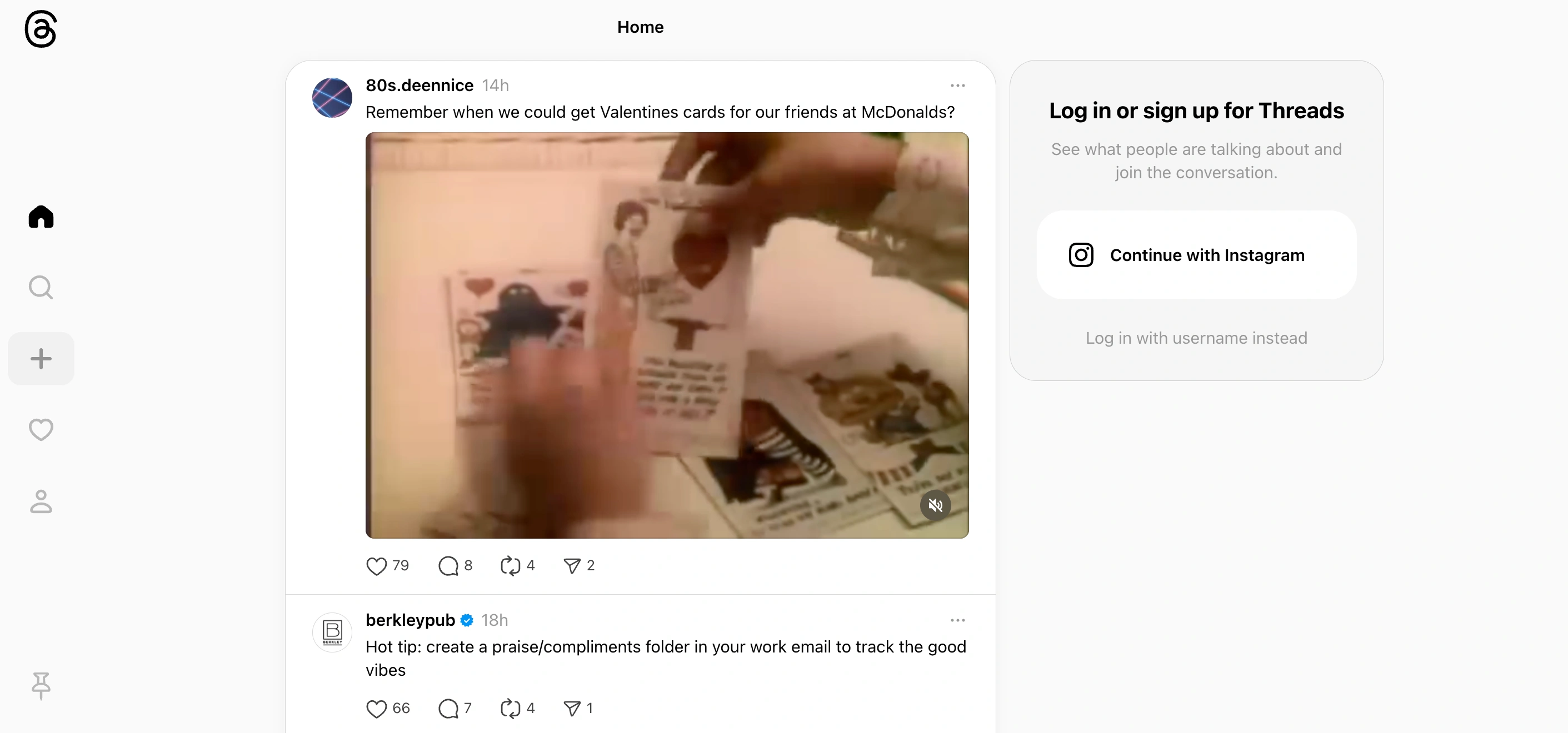
Each user receives a personalized feed. Meanwhile, brands can promote their goods only to users already interested in similar products. Influencers can collaborate with brands or receive donations directly from users.
8. Healthcare Portal
By bridging the gap between patients, physicians, healthcare institutions, and insurance companies, these portals enhance medical coordination. Patients can view their medical history, test results, diagnoses, and discharge summaries on the electronic medical records (EMR) system. In contrast, doctors can view up-to-date patient data to make informed decisions.
This enterprise portal software allows patients to access medical records, schedule appointments, and receive online consultations, while doctors can manage schedules, review patient histories, and issue prescriptions.
Modern healthcare portals implement advanced data security technologies to ensure the confidentiality of medical information. Those services can mitigate administrative burdens, providing quick access to essential medical data.
Doctors can issue electronic prescriptions, while patients can request prescription refills online. Patients can access information on diagnoses, treatments, and disease prevention, while doctors can stay updated with scientific articles, clinical research, and medical protocols.
Example of a Healthcare Portal: MyChart
One of the most popular healthcare portals is MyChart, a digital platform that provides patients access to health records and test results, unlocking direct communication with doctors through telemedicine. MyChart is widely used in hospitals and clinics across the U.S. and other countries.
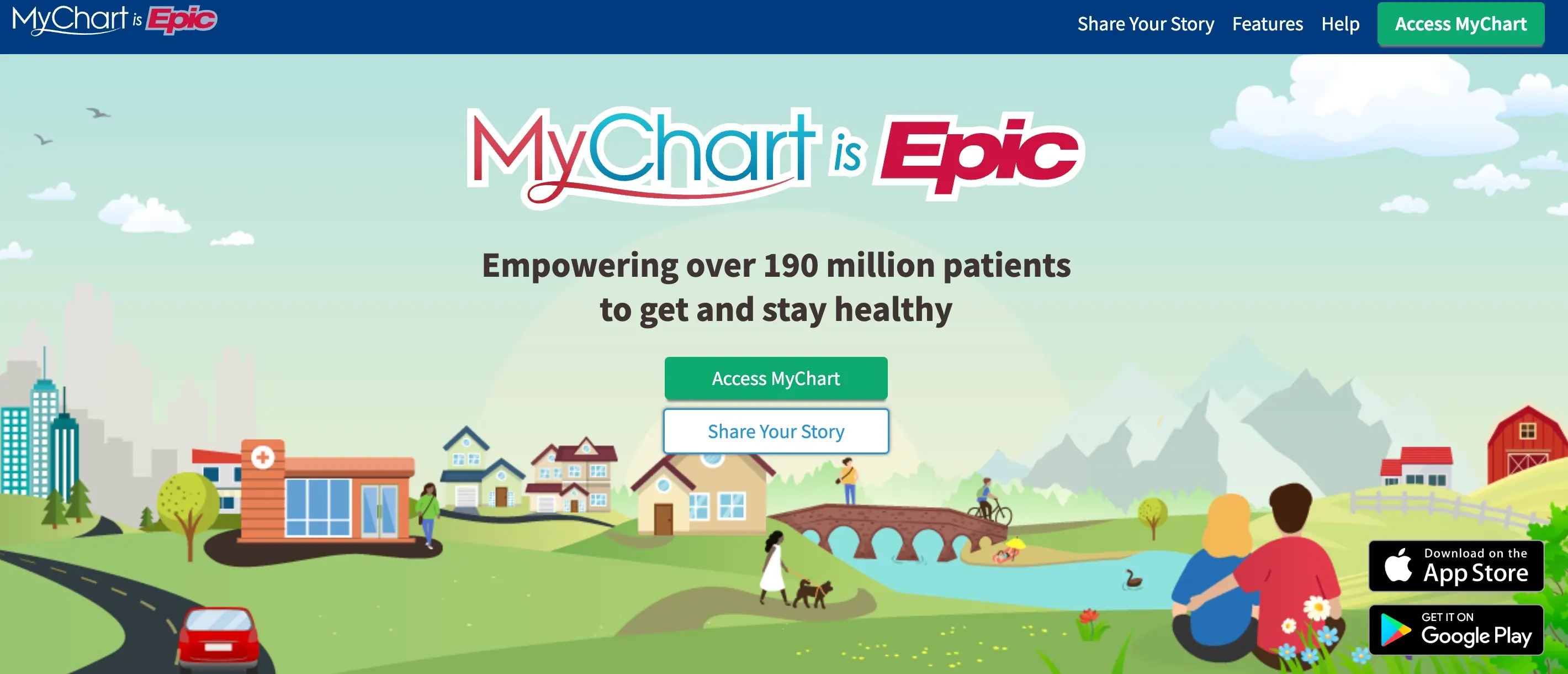
If you want to create your own healthcare portal, you can take inspiration from MyChart, adding online appointment scheduling, telemedicine, and reminder features.
Support Portals
Those platforms are designed to manage technical support and customer service. Customer care portals not only improve communication with clients but also enhance the productivity of your business. They streamline and automate simple operations, lowering the incoming queries.
It lowers the number of incoming queries and streamlines service operations. Meanwhile, a seamless connection with CRM systems ensures all customer interactions and history are stored in one place, allowing for personalized service.
These portals typically include a ticketing system, knowledge base, live chat, and self-service resources to help customers resolve their issues quickly and efficiently.
A great support portal should consolidate email, phone support, and social media inquiries into a single system, automatically converting emails and social media messages into support tickets. It should also generate performance reports, tracking response times, resolution efficiency, and customer satisfaction metrics to optimize service quality.
Example of a Support Portal: Zendesk
One of the most popular examples of support customer portals is Zendesk. With this service, you can create a support portal that keeps all info in one place, integrate it with CRM, provide users instant responses, and allow them to self-service with your new robust multi-level knowledge base.
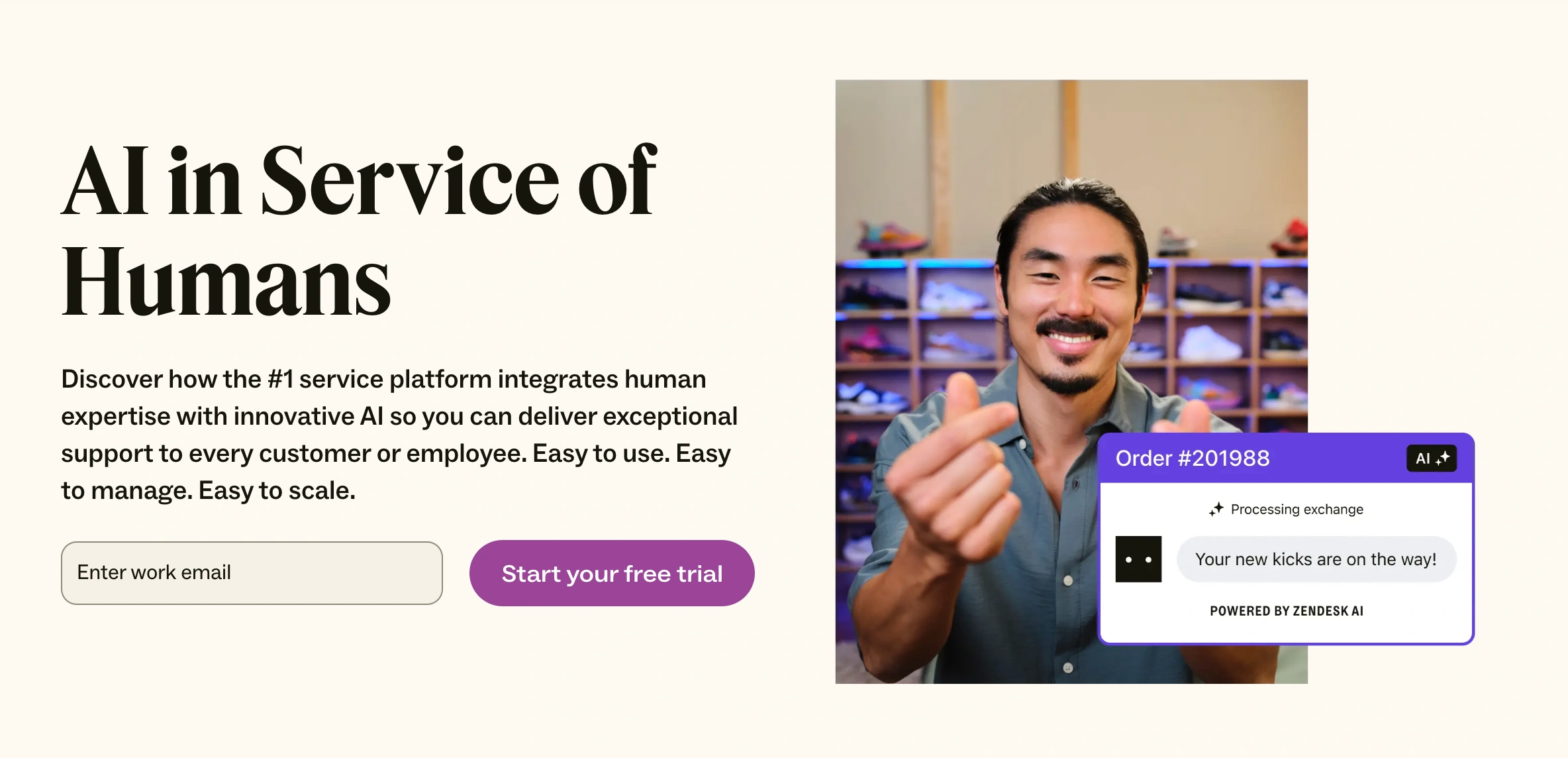
How to Choose the Right Type of Web Portal for Your Business
It’s not enough to simply choose web portal design since the actual product development is much deeper than that. At first, you need to ask yourself questions about your business and your audience to determine what portal business model to implement. To make an informed choice, start by defining:
- Why do you need a portal?
- What exactly will it do?
- Who will use it? Customers, employees, or partners?
- What features are the most important for your users? Should you place them in your MVP, or can they wait?
- How will you integrate your new website with existing business processes?
Each user type has different needs and expectations, so the portal’s functionality should align with those requirements. Let’s quickly recap the most crucial web portal development types:
- Customer Portals are best for businesses focusing on sales and customer service.
- Corporate Portals: Perfect for internal communication and resource management.
- Partner Portals: unlock new workflow automation opportunities.
- E-Commerce Portals: These suit those who sell their products or services online.
Once you determine your audience, their needs, your resources, and portal type, it’s time to start the actual web portal design process. Choose reputable teams who have vast experience in web portal development services. That way, you can be sure that you’ll get the best product in a minimum amount of time.
Customize your portal to make it stand out from the crowd. Provide different user roles, integrations, recommendation engines, and self-service options. Make sure that your website or app is user-friendly and adheres to the latest SEO practices.
Check whether your users can easily pay for their goods/services/subscriptions. Many novice businessmens simply forgot about integrating payment portals for small businesses’ needs, making one of their greatest mistakes. If users put too much effort into paying for your services, they will simply switch to your more straightforward rival.
A flexible portal should support API integrations or automation tools to connect with other business applications. The more integrations available, the easier it will be to adapt the system to future needs.
The Importance Of Quality Web Portal Development Services
A properly made web portal can help you streamline business operations and enhance internal and external communications. With excellent web portal design, you can scale your project and automate simple and complex tasks while adapting to increasing business demands.
You’ll have centralized information access to all your employees and vital stakeholders, encouraging real-time collaboration. However, to achieve the best results in the shortest period, it’s better to collaborate with web development partners with vast experience in your field.
At Corpsoft Solutions, we specialize in transforming business ideas into robust web applications in many niches, from simple online shopping portals to complex and secure health tech solutions.
Book your first meeting and take the first step towards your transformation.
FAQ
- What is a web portal?
It’s an online platform that provides centralized access to numerous services and information about your business. It can serve different purposes, such as customer support, internal communication, data management, etc.
- What is a client portal?
It’s a platform designed for businesses to interact directly with their clients. Here, clients can review and change their information, such as contact data, deliveries, etc.
- How to create a customer portal?
To create a customer portal, define your business goals, choose a platform or build a custom solution, integrate secure login systems, set up vital communication features, allow users access to relevant information, and ensure mobile-friendliness.
- Web portal VS website: What is the difference?
A website is a static collection of publicly accessible pages offering general information, while a web portal is a dynamic, personalized platform designed for specific user groups. Portals allow users to access customized services, content and interact with various personalized tools.
- What is the portal business model?
The web portal business model centers around building a unified online platform that offers users diverse services, content, and tools that meet their needs.
Subscribe to our blog


